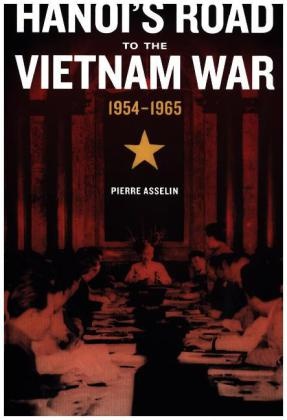Read more
Hanoi's Road to the Vietnam War opens in 1954 with the signing of the Geneva accords that ended the eight-year-long Franco-Indochinese War and created two Vietnams. In agreeing to the accords, Ho Chi Minh and other leaders of the Democratic Republic of Vietnam anticipated a new period of peace leading to national reunification under their rule; they never imagined that within a decade they would be engaged in an even bigger feud with the United States. Basing his work on new and largely inaccessible Vietnamese materials as well as French, British, Canadian, and American documents, Pierre Asselin explores the communist path to war. Specifically, he examines the internal debates and other elements that shaped Hanoi's revolutionary strategy in the decade preceding U.S. military intervention, and resulting domestic and foreign programs.
List of contents
Foreword by the series editors
Acknowledgments
Glossary of Terms and Acronyms
Introduction
1. Choosing Peace, 1954–1956
2. Changing Course, 1957–1959
3. Treading Cautiously, 1960
4. Buying Time, 1961
5. Exploring Neutralization, 1962
6. Choosing War, 1963
7. Waging War, 1964
Epilogue
Notes
Bibliography
Index
About the author
Pierre Asselin is Professor of History at Hawaii Pacific University in Honolulu and the author of A Bitter Peace: Washington, Hanoi, and the Making of the Paris Agreement.
Summary
Basing on inaccessible Vietnamese materials as well as French, British, Canadian, and American documents, this book examines the internal debates and other elements that shaped Hanoi's revolutionary strategy in the decade preceding US military intervention, and resulting domestic and foreign programs.
Additional text
"This authoritative and compelling book fills a long-felt need for a scholarly treatment of policy making in Hanoi during the Vietnam War. Pierre Asselin has conducted careful and exhaustive research into available Vietnamese and Western archival sources and consulted widely secondary writings on his topic. The result is a meticulously researched, lucidly written, and highly revealing volume on a previously obscure aspect of the Indochina conflict.... Asselin pushes the frontier of our knowledge about Hanoi’s strategic thinking and diplomatic maneuver during the Indochina conflict further than anyone else."

